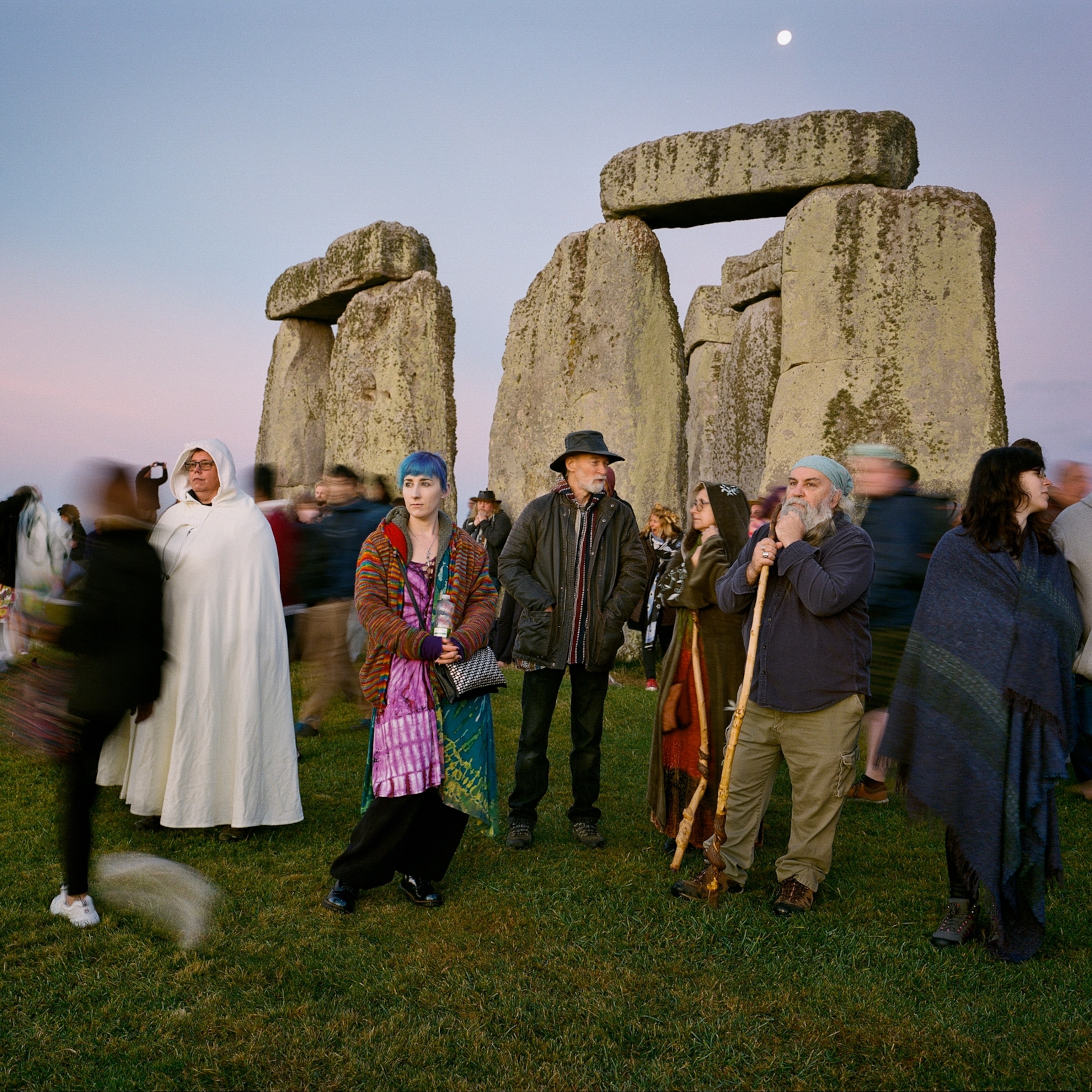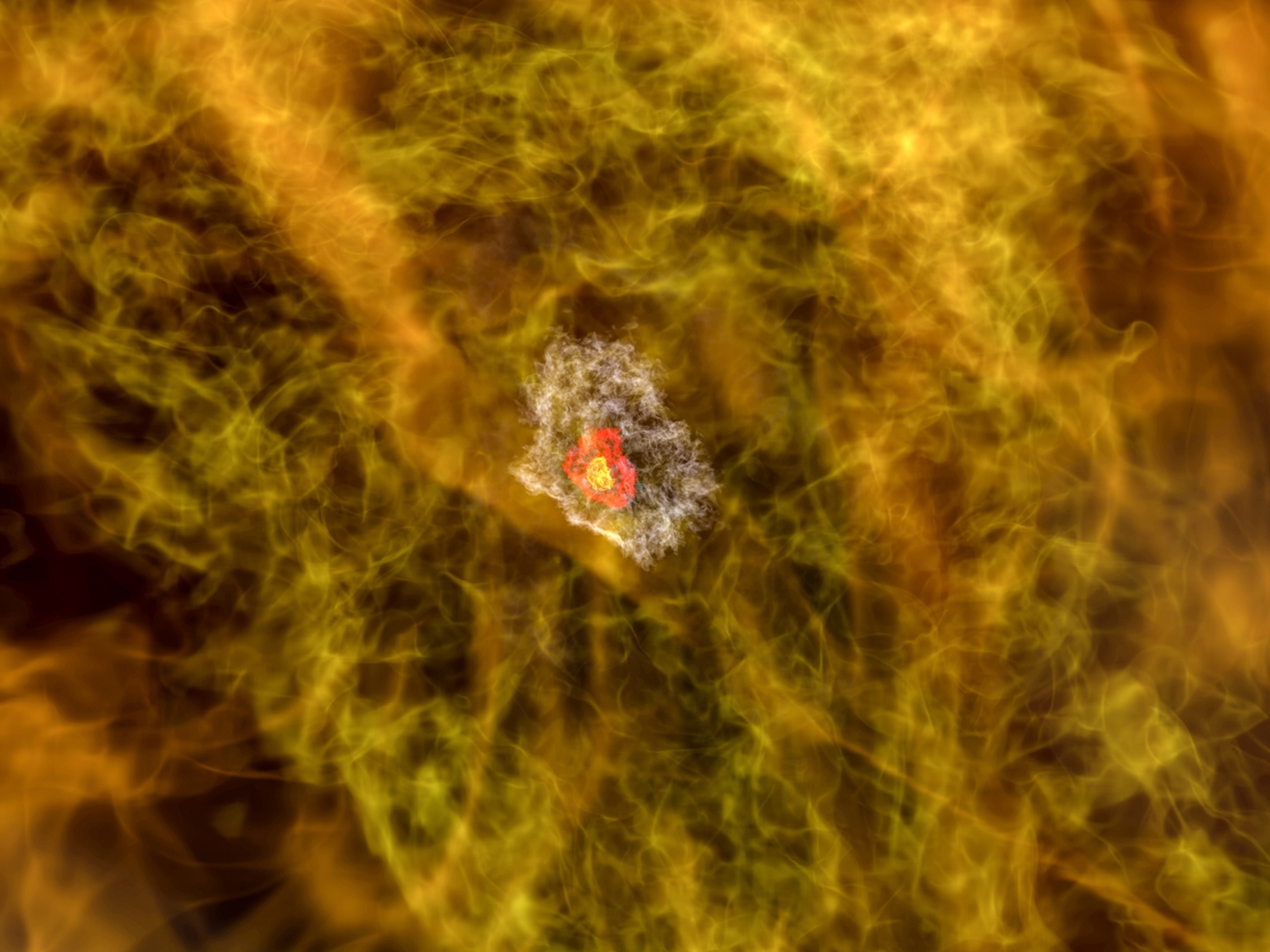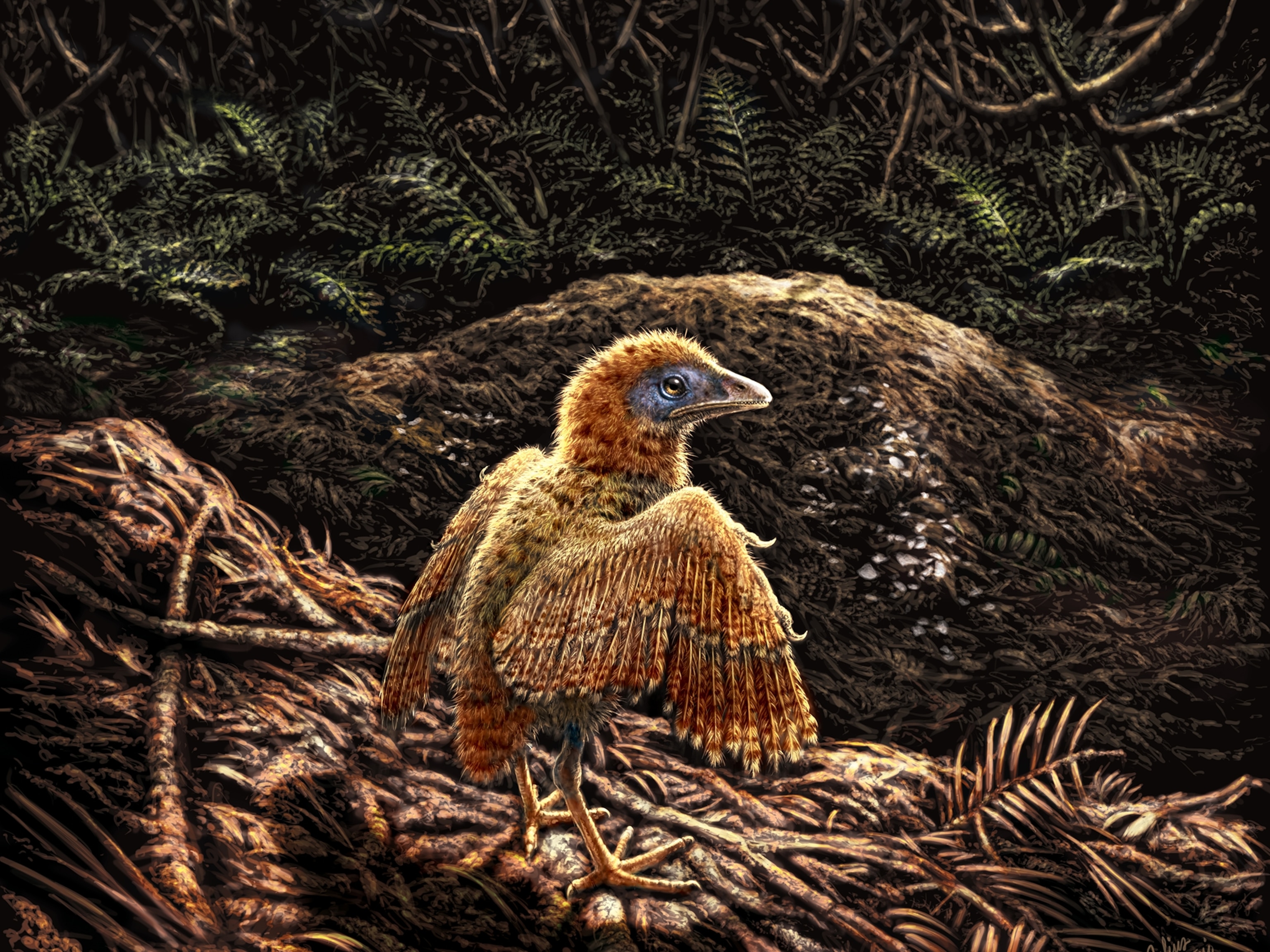Humans started to jog around two million years ago, according to fossil evidence of some distinctive features of the modern human body.
A new study suggests humans may have left their tree-swinging ancestors behind because they developed into endurance runners. This ability, the researchers say, may explain why humans look the way they do today.
"We are very confident that strong selection for running—which came at the expense of the historical ability to live in trees—was instrumental in the origin of the modern human body form," said Dennis Bramble, a biology professor at the University of Utah.
Bramble is co-author of the new study, published tomorrow in the science journal Nature.
The researchers identified a range of physical traits that suggest human ancestors evolved as distance runners. The adaptations helped them chase down prey and compete more effectively with the speedier carnivores on the open plains of Africa, the study says.
The researchers say adaptations for running stretch back more than two million years, allowing humans to evolve from our apelike ancestors Australopithecus.
"We think running is one of the most transforming events in human history," Bramble added. "We are arguing the emergence of humans is tied to the evolution of running."
The conventional theory is that our distinctive body form derives from an improved walking ability in early hominids, and that running was simply a byproduct of this earlier adaptation. Also, humans are considered unaccomplished runners when compared to mammals such as pronghorn antelopes, which can sprint at 40 miles an hour (60 kilometers an hour) for several minutes.
But Bramble says human running ability is often underestimated. "What's important is combining reasonable speed with exceptional endurance," he said.
The study notes that athletic humans can outrun horses and antelopes over extremely long distances. In parts of Africa this technique is still used today by hunters to exhaust their prey.
Bramble adds that walking cannot explain the changes in body form that distinguish humans from Australopithecus.
Fossil Evidence
The study details various adaptations found in early humans—including fossils of Homo erectus and Homo habilis,—which are required only for running.
These adaptations include long, springlike tendons, such as the Achilles tendon, which store energy and reduce the metabolic costs of running by half. Fossil records suggest the Achilles tendon was absent in Australopithecus.
Likewise, the longitudinal arch of the foot—another well-developed set of springs important to running—appears to have evolved with Homo habilis.
Long legs are also vital for endurance running, because speed is gained by increasing the length, not rate, of strides. The researchers say long legs, relative to body mass, first appeared with Homo erectus some 1.8 million years ago.
And because running exposes the body to much higher stresses than walking, the study suggests humans evolved relatively large joint surfaces in the lower body to act as shock absorbers.
Bramble even points to human facial features as evidence that our appearance was shaped by selection for running. Compared to our apish ancestors, which could run only short distances, we have a more balanced head, flatter face, and smaller teeth and nose.
"This shifts the center of mass back, so it's easier to balance your head when you are bobbing up and down," Bramble explained.
Similarly, broader shoulders, a narrower waist, and shorter forearms—all characteristic of humans among primates—help the upper body to counterbalance the lower body while running.
Even our large buttocks—conspicuous by their absence in our closest living relatives—are considered critical to stabilization while running. "Have you ever looked at an ape?" Bramble asked. "They have no buns!"
If natural selection had not favored running, Bramble said we would still look a lot like apes.
Why Run?
So why did early humans run when they could walk?
Because they sought protein provided by meat, marrow, and brain, said study co-author Daniel Lieberman, anthropology professor at Harvard University.
He said, "What these features and fossil facts appear to be telling us is that running evolved in order for our direct ancestors to compete with other carnivores for access to the protein needed to grow the big brains that we enjoy today."
Some scientists have suggested that endurance running was used for pursuing animals before spears, arrows, nets, and other hunting tools were invented. Later it may have been employed by hunters to exhaust their prey, allowing them to get close enough to use projectiles.
This strategy is still used by the San Bushmen of southern Africa to hunt herd animals like the kudu antelope.
However, Lieberman adds, "There is very little observational study of this behavior, largely because researchers can't keep up with the hunters!"
Another possibility is that humans used their swift feet to reach dead mammals before other scavengers. Lieberman said they would have followed clues such as vultures circling in the distance.
He added, "We know from the earliest sites that early hominids smashed open limb bones of animals killed by predators and extracted marrow."
Chris Stringer is the head of human origins in the department of paleontology at the Natural History Museum in London. He thinks the new study provides an important new look at human anatomy.
"I find [Bramble and Lieberman's] reexamination and sometimes reinterpretation of features in fossil and recent humans to be generally plausible, although it will require much more complete evidence for the evolution of the skeletons of early humans below the neck to test their ideas properly," Stringer said.
He added, "From my own research focus, it will be interesting to see how the Neanderthals fit into this scenario, given their distinctive anatomy, body shape, and the temperate-cool environments in which they generally lived. Could they have been more suited to close-range ambush hunting as a strategy, compared with their ancestors and with modern humans?"
Today running is regarded as a form of exercise. But perhaps a jog in the park goes much deeper than that: It could be affirmation of the very reason that we are human.







